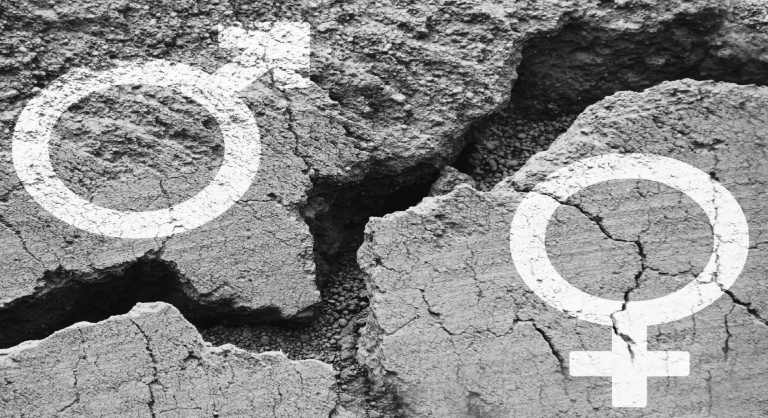“Heading” to Court: The Battle for Equality in U.S. Soccer
Riding the wave of the Me Too and Time’s Up movements, 28 members of the world champion United States women’s soccer team filed a gender discrimination lawsuit this month, focusing on pay equity and working conditions. The women claim that, within U.S. Soccer, “institutionalized gender discrimination” has existed for years, citing not only pay equity issues, but also where they play, how often they play, how they train, the medical treatment and coaching they receive, and how they travel. For example, the women claim that they play more matches than the men’s team and win a greater percentage of their matches, but are paid less.
While the filing of the lawsuit could be viewed as the most aggressive step taken in this dispute, it certainly is not the first. In 2016, five players filed a wage discrimination complaint with the Equal Employment Opportunity Commission. With nearly three years having passed without resolution, the players received permission to sue.
The women’s team’s complaints and willingness to air their grievances publicly and with the aid of social media have led to incremental changes in the past. For example, the team has not played a match on artificial turf since 2017, has traveled on chartered flights, and has obtained more equitable hotel accommodations and per diems for food. Additionally, FIFA, the sport’s international governing body, doubled the prize money pool for this summer’s Women’s World Cup.
There are many challenges facing the women on the issue of pay equality, however. First, the men’s team and the women’s team have separate collective bargaining agreements with U.S. Soccer, and pay structure is directly governed by those agreements. While the men receive higher game bonuses, theirs is a pay-for-play system under which they are only paid when they make the team; the women receive guaranteed salaries supplemented by smaller match bonuses. Additionally, one of the biggest differences in compensation is World Cup bonus pay, but those bonus pools and payouts are determined by FIFA, not U.S. Soccer.
Other issues sure to be raised are whether the men and women perform equal work (not just number of games, but also frequency of games and necessity of winning for advancement and compensation) and whether they generate equal revenue for U.S. Soccer.
This is certainly a battle that other sports (and countries) will be monitoring closely as well. In recent years, for example, Canada’s women’s soccer team fought for maternity coverage in its contracts, and WNBA players have pushed for league-wide standards for hotels, travel and trainers.
Stay tuned as we follow this chapter of the equality-in-sports debate.
Categorized: Discrimination, Employment, Women
Tagged In: equality, pay equity, U.S. Soccer, wage discrimination, women










